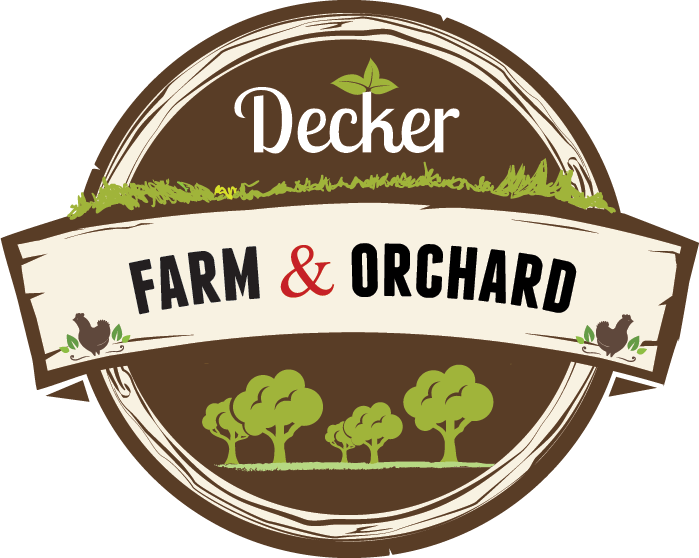Week 3 Shares
This weeks shares will contain:
- Leaf Lettuce
- Cucumbers
- Chives
- Zucchini
- Turnips
- Collard Greens
A portion of this weeks leaf lettuce was supplied from the "farm" that I grew up on which is my dad's garden! He has been growing organically from the beginning, back before most people were even aware of the concept. His current garden site has been in use for almost 40 years and he has built up some amazing soil over that time! Frequently his production exceeds the usage level that he and my mom need, so when he told me he had 100+ heads of lettuce ready for harvest, I told him I had the perfect outlet.
We harvested garlic this week also. It takes a couple of weeks to dry and cure and should be ready for shares by the beginning of August. I was pleased with the results of our planting/weed block process that we used last fall when we put the garlic in. We laid sheets of card board on the prepared beds, used a hole saw to make planting holes in the cardboard, and then planted the garlic cloves into the holes and covered with straw. The result was almost no weeding this spring and much bigger bulbs than last season!
The white and purple bulbs in this weeks shares are turnips. They are a cool weather crop and we do both a spring and a fall planting. If we have a cool start to summer then the spring planting is fairly abundant and helps fill in while some of the other warm weather crops catch up. With our hot summer this season, the spring turnip harvest is pretty light, however if you are a big turnip fan, we should have another harvest in October.
The deer continue to be a pain, they topped both of the first two plantings of green beans and 3 of the 6 rows of snap peas. We added fence height around all the fields and a strand of barbed wire at 7 feet. Knock on wood, but no tracks in the fields since the barbed wire was added two weeks ago! Now we are working on protecting our small orchard, each summer the deer have been eating most of the new growth that the trees put, so we are installing a 7' foot fence around the entire area. Ash posts courtesy of all of the dead ash trees from my dad's place. I have also worked up ground in between the trees to add 4 rows of strawberries as well.
The heat loving crops like the blackberries and tomatoes are sizing up nicely!








